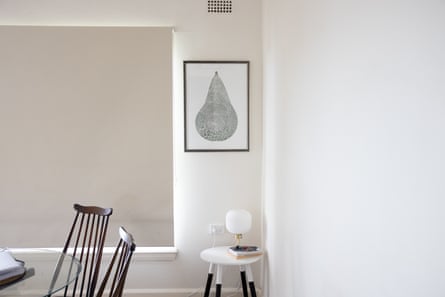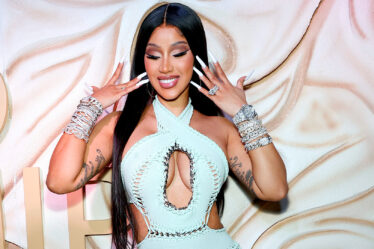
In 2012, author Karina May’s long-term relationship had reached its expiry. “It was a bad breakup,” she says.
But instead of abandoning the European vacation she had planned in a last-ditch effort to save the union, she sold her ex-partner’s ticket to a friend and went anyway.
“I was definitely moping in the beginning,” May says. But midway through the trip she found her mojo and was “taking back her power”.
“I was starting to realise all the amazing things I could do [without my ex].”
Wandering into a quaint studio in the cobblestone streets of Copenhagen’s Nyhavn district, without “someone moaning and dragging their feet”, was one of them. Here, May found the work of Monika Petersen, a local printmaker who specialises in botanic art. She didn’t make a purchase on the spot, but memories of the day and the artworks stayed with her.
A year later, as she exorcised her ex’s “Astro Boy” aesthetic from the Sydney apartment they once shared, May says her thoughts drifted to that Copenhagen studio, “and how I had felt on that day”.
after newsletter promotion

She bought the large metallic prints of the pear and the artichoke online, although she can’t recall if they were there during her in-person studio visit.
But the process of buying, framing and hanging the pieces, once her apartment renovations were finished, was cathartic and symbolic.
“It felt like a real completion. I’d gone on the trip and survived – actually flourished – come home and done the apartment, and hanging these pictures was a real icing on the cake.”
These days when she looks at the prints, they don’t so much remind her of a lost relationship. Rather they are an “empowering” emblem of how much she has grown.
“I’ve moved a few times since, but they’re always the first thing I hang up … They’re very symbolic to me and I’m proud of how I procured them.
“I’ve spent a lot of time wondering how I wrote a book about food … But maybe it all started with this artichoke.”


